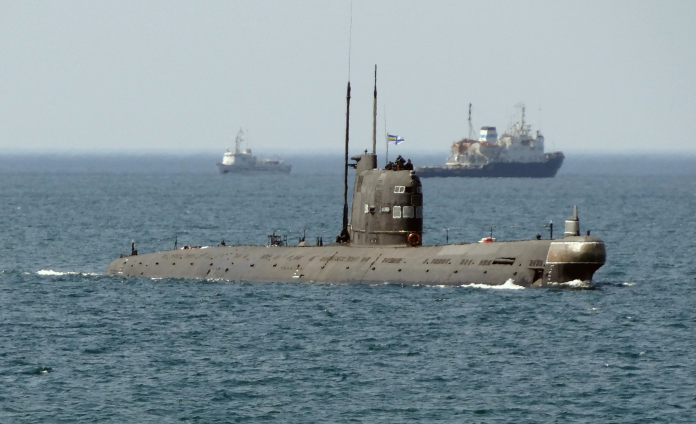
Might the theft of a single submarine’s secrets tip the naval balance of power? Ukraine’s recent intelligence coup suggests that it could. Early in August, Kyiv’s Defense Intelligence Directorate (HUR) reported that it had accessed a cache of secret reports on Russia’s latest nuclear-powered ballistic missile submarine, the Knyaz Pozharsky. The revelation has cascaded through defense circles, both for its scale but for the weakness it could reveal in one of Moscow’s most sophisticated strategic weapons.

The Knyaz Pozharsky is no ordinary vessel. Commissioned to the Northern Fleet just weeks before the accident, it represents the cutting-edge of the Project 955A Borei‑A class Russia’s answer to America’s Ohio-class in the subs section of the nuclear triad. The leaked files, if genuine, offer a glimpse into a vessel designed to evade NATO detection and deliver huge nuclear explosions. What does emerge from the information at hand is a layered account of technology, strategy, and potential vulnerabilities that could reshape the mathematics of undersea deterrence.
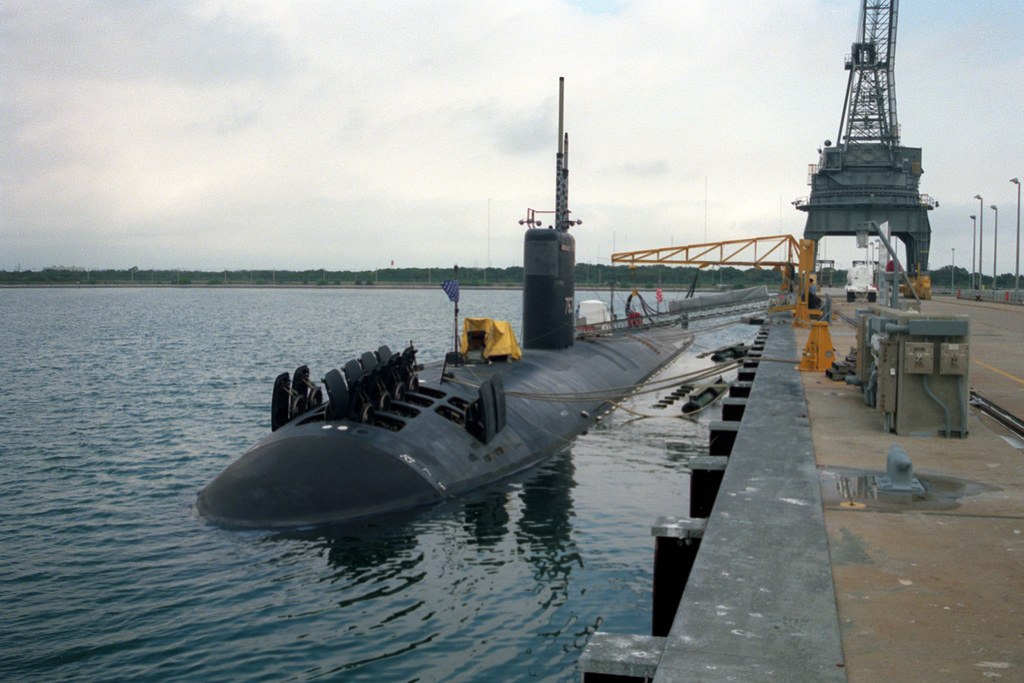
1. The Extent of the Intelligence Breach
The cargo, according to HUR’s official statement, consisted of complete crew rosters with names, ranks, qualifications, and even physical condition. In addition to personnel, the cache included combat guides, routine operation schedules, and blueprints for the submarine combat systems, survivability equipment, and internal layout. Casuality evacuation procedures, cargo transfer, and towing procedures were among the documents.
One of the most insightful documents detailed a destroyed communications buoy, full of engineering comments and signatures from naval contractors. Experts note that such technical records in minute detail would not only reveal the vessel’s strengths but also its maintenance history and design loopholes information, if in the hands of adversaries, is converted to countermeasures.

2. A New Flagship of the Borei-A Class
The Knyaz Pozharsky, K-555, is the seventh Borei-class and the final of the modernized Borei-A version. It began construction in 2016 and was commissioned on July 24, 2025, in a ceremony attended by President Vladimir Putin. It became part of the 31st Submarine Division at Gadzhiyevo, Murmansk Oblast, that hosts Russia’s strategic Northern Fleet.
Borei‑A subs incorporate upgrades on the first Borei design, including altered hull shapes, a redesigned bow, and an altered conning tower for reducing acoustic signatures. Advanced missile launch sites and improved onboard electronics increase stealth as well as strike potential, putting them at the center of Russia’s second-strike strategy.

3. The Bulava Missile Arsenal
Central to the Knyaz Pozharsky’s deterrent capacity are its 16 RSM-56 Bulava submarine-launched ballistic missiles. Each three-stage solid-fueled missile is over 8,000 kilometers in range and carries up to 10 independently targetable nuclear warheads of 100–150 kilotons each. The Bulava features an advanced boost phase to penetrate around missile defenses and hardening to resist nearby nuclear detonations.
Despite a patchy testing history, the missile system is now officially operational. Several reentry vehicles and intercontinental range in combination ensure a single Borei‑A can threaten several strategic targets across continents without surfacing.
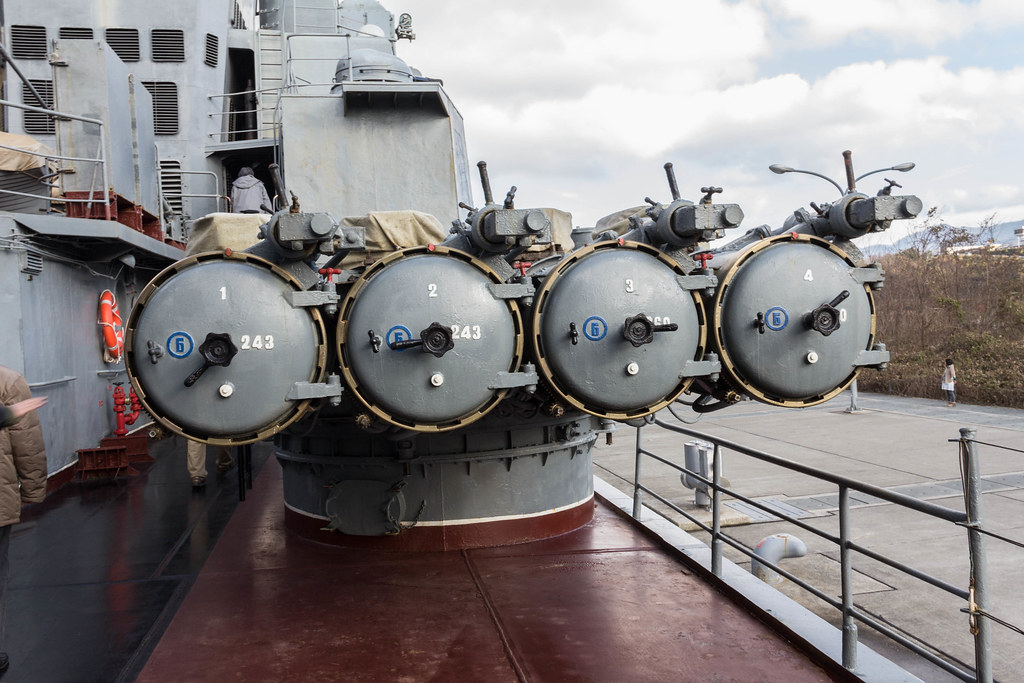
4. Conventional and Defensive Armaments
In addition to its nuclear armament, the Knyaz Pozharsky also features an adaptive armament of conventional missiles. There are 533-millimeter tube launchers for firing heavyweight torpedoes, and also RPK-2 Viyuga anti-submarine missiles and Kalibr-PL cruise missiles. In order to defend itself, the REPS-324 Shlagbaum system launches anti-torpedo countermeasures from special external tubes.

These systems allow the submarine to operate in hostile waters, targeting both surface and subsurface threats. The availability of decoy equipment like the MG‑104 Brosok shows the priority on survivability from NATO’s increasingly sophisticated anti-submarine warfare (ASW) technology.
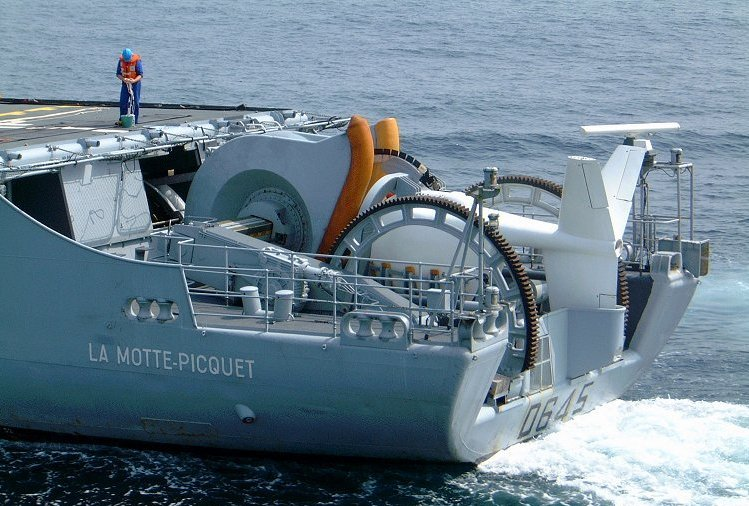
5. Sonar Superiority Claims
Russian military sources have asserted that the Borei-class Irtysh‑Amphora‑B‑055 sonar system is capable of detecting 100 kilometers further out than those of American and NATO systems. It is reportedly capable of tracking up to 30 targets simultaneously, with the aid of a hybrid of bow-mounted spherical arrays, flank antennas, and towed arrays.
If true, such performance would give Borei‑A subs a commanding edge in the Arctic and Northern Atlantic, where detection is paramount. Western analysts are doubtful, however, and highlight how difficult it would be to independently verify these figures of merit in the closed, secretive world of submarine acoustics.

6. Strategic Context and Fleet Balance
Russia has 79 submarines, 54 of them nuclear-powered, including 14 ballistic missile submarines eight Borei-class and six older Delta types as of mid-2025. The United States operates 71 nuclear-powered submarines, including 14 Ohio-class SSBNs with Trident II D5 missiles.
While the U.S. has a larger sea-based nuclear warhead arsenal, Russia’s drive to modernize, such as six additional nuclear submarines by 2030, is aimed at covering qualitative gaps. The hacked Knyaz Pozharsky documents could, perversely, slow this trajectory if they expose exploitable weaknesses.
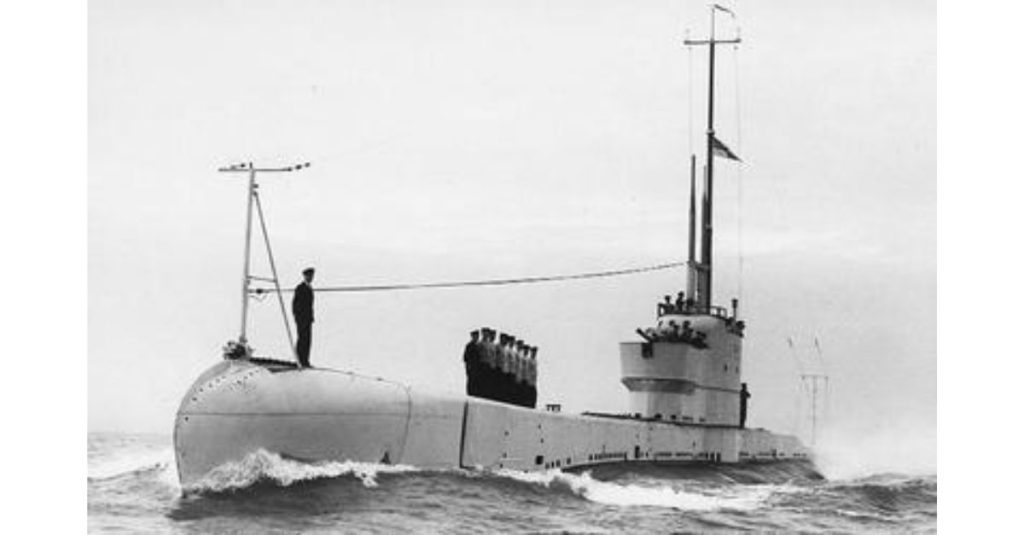
7. The Poseidon Factor
Russia’s Navy expects to integrate Poseidon nuclear-powered, nuclear-armed unmanned underwater vehicles into future submarines. With a projected top speed of 100 knots, a range of 10,000 kilometers, and an operating depth of 1,000 meters, Poseidon is designed to circumvent conventional ASW defenses.
Its probable payload in megatons leaves it a strategic game-changer. For NATO planners, the combination of stealthy Borei-A submarines with autonomous Poseidon torpedoes is a complex, multi-level challenge to existing deterrence and defense thinking.
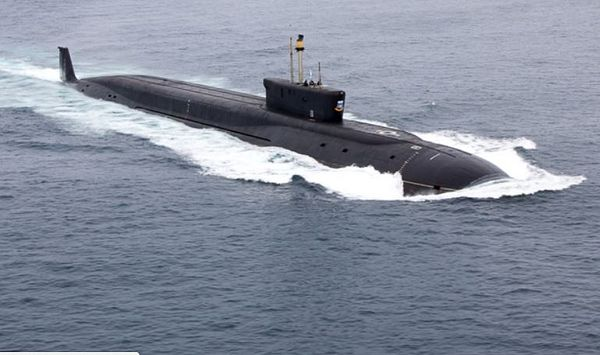
The Knyaz Pozharsky leak, if verified, is one of the deepest penetrations of intelligence into a strategic weapons system in recent history. It illuminates the delicate dance between technology, cover, and deterrence in the underwater environment. For Ukraine and its allies, the documents can inform countermeasures and policymaking; for Russia, they underscore vulnerabilities inherent in even its newest technology. In the game of chess by stealth beneath the waves, information is as potent as cartridges and here, Ukraine may have seized a winning piece.
